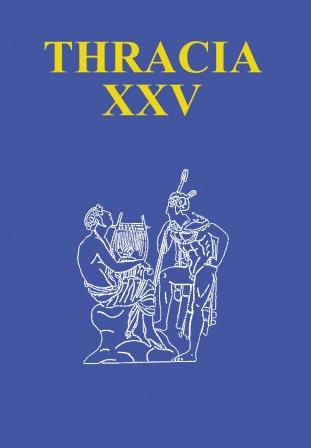Харпократ в Тракия през Гръко-римската епоха
Harpocrates in Thrace during the Greco-Roman period
Author(s): Vessela AtanassovaSubject(s): History, Archaeology, Fine Arts / Performing Arts, Cultural history, Photography, Geography, Regional studies, Visual Arts, Historical Geography, Maps / Cartography, Comparative history, Social history, Ancient World, History of Art
Published by: Институт за балканистика с Център по тракология - Българска академия на науките
Keywords: Harpocrates; Isiac cults; Egyptian cults; Greco-roman Thrace; magic amulets
Summary/Abstract: When Ptolemy I became ruler of Egypt (306 BC), he continued to have interests in Thrace and Asia Minor where Lysimachus, its ruler, married his daughter Arsinoe II. Most likely, their wedding was fixed with certain benefits, which led to the permanent presence of the Ptolemy in Southern Thrace. In fact, the whole 3rd century was marked by the presence of the Ptolemies in Thrace. This for sure, but also for some other unclear reasons facilitated the spreading of the Egyptian cults in that region. Several Egyptian deities, mainly Isis and Sarapis, but some other deities in relation with them, were found on various documents attesting their presence in Thrace from the Hellenistic period to the end of the Roman Era. Harpocrates, the presumed son of Isis and Sarapis in Greco-roman period, was one of those deities. Unlike his divine parents, he was a synnaos theos and his cult spread on a different manner. According to the monuments he was more likely worshiped because of his qualities as savior god and his magical competences. The study will examine the existing documentation and will discuss the mechanisms of spreading of the Harpocrates cult in Ancient Thrace from the Hellenistic period onward.
Journal: Thracia
- Issue Year: 2020
- Issue No: 25
- Page Range: 133-146
- Page Count: 14
- Language: English, Bulgarian
- Content File-PDF

